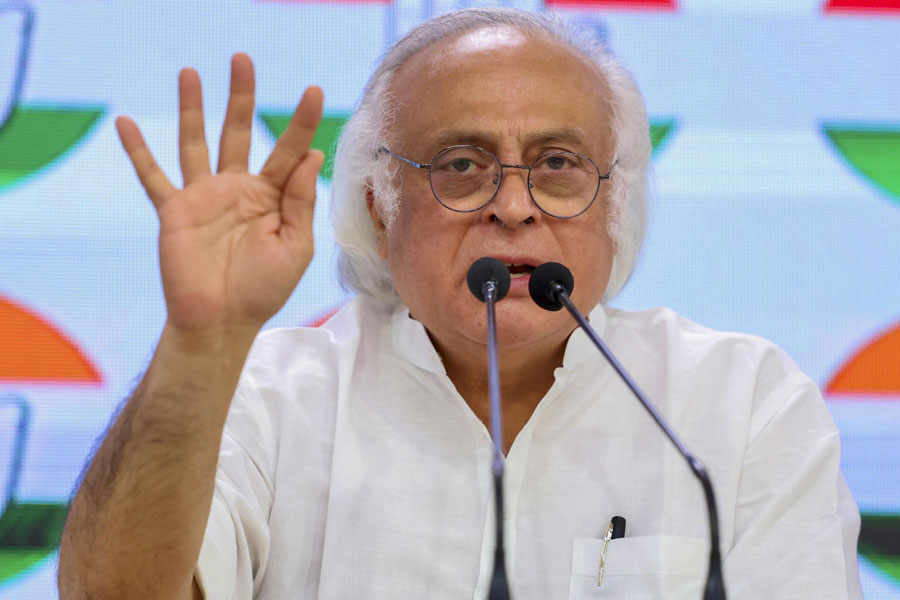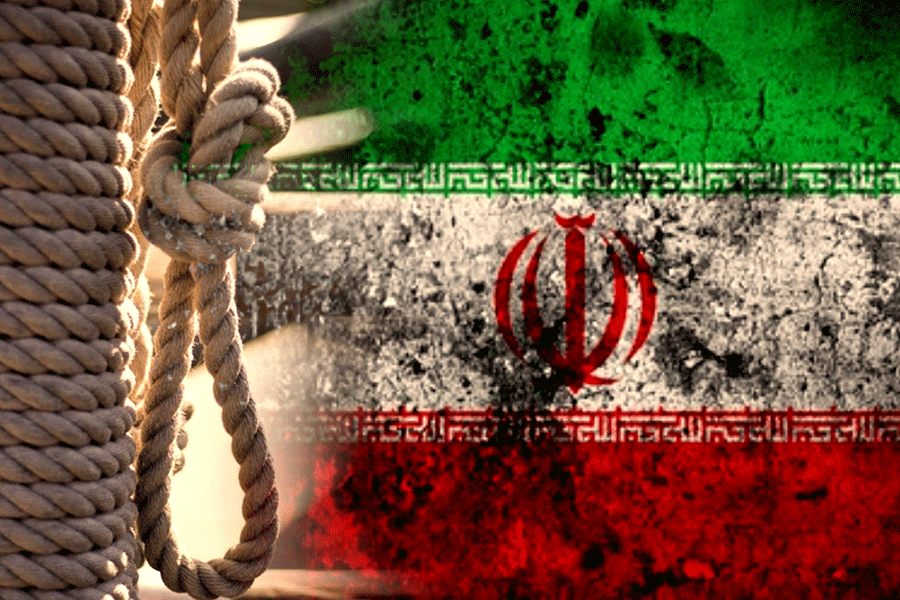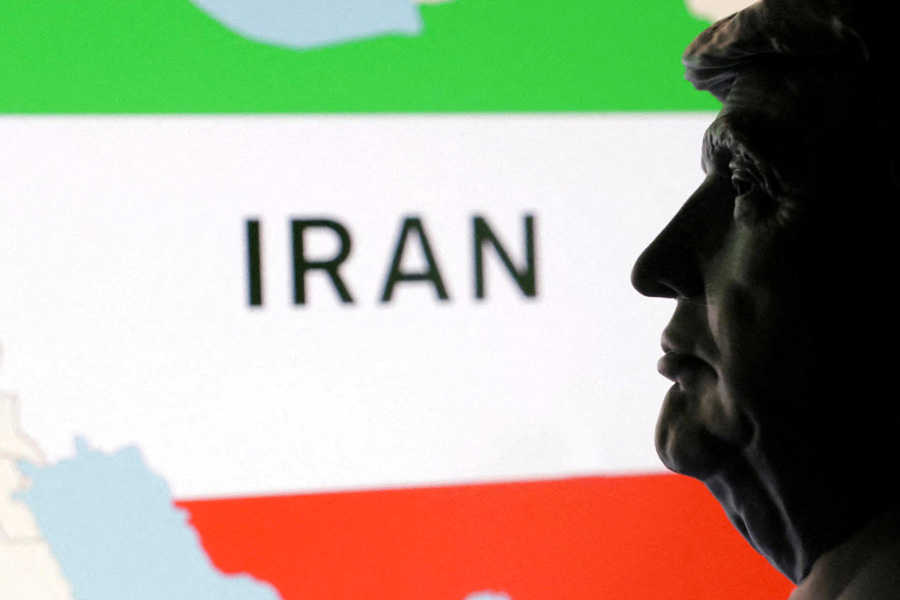
The intriguing drawings of the Dutch master, Rembrandt Harmensz. van Rijn (1606-1669), closely based on Mughal paintings, demonstrate how trade and commerce brought faraway countries and disparate cultures in close contact with each other long before economic globalization, as we know it today, was even thought of, and how this cross-fertilization of ideas, knowledge systems, philosophies and images often bore fruit of the most magnificent kind. Twenty-three of these meticulously executed "creative copies" on precious Asian paper by the celebrated artist, the only ones to have survived, are brought together for the exhibition, Rembrandt and the Inspiration of India, being held at the J. Paul Getty Museum at the Getty Center, Los Angeles, from March 13 to June 24. A beautifully-produced and scholarly book of the same title as that of the exhibition has been published simultaneously on the occasion by the Mumbai-based The Marg Foundation and the J. Paul Getty Museum, Los Angeles.
The profusely-illustrated book has essays by Stephanie Schrader, Catherine Glynn, William W. Robinson and Yael Rice. It examines in fascinating detail how the commingling of cultures influenced both European and Indian artists, and analyses how specific paintings created by Indian artists under royal patronage, when Jahangir (r. 1605-27) and his son, Shah Jahan (r. 1627-58), who were connoisseurs and bibliophiles in their own right, ruled a huge swathe of South Asia, stimulated Rembrandt to produce works that were not mere copies but painstakingly produced monochromatic - save the occasional pale wash - individuated impressions of the Mughal paintings that were originally colourful.
Akbar (r. 1556-1605) had invited Jesuit missionaries to Fatehpur Sikri, and as a result of these interactions, Christian iconography was adapted by Indian artists, who often imitated their European counterparts to perfection, and several volumes of Indian paintings, not all of them of sterling quality, came to be included in various collections in the West, including that of the Vatican.
The Dutch East India Company was formed in 1602, and foreign goods began to arrive in the Dutch market thereafter. Rembrandt, like other members of the rising middle class and wealthy merchants, began to collect curiosities and foreign goods, which later stood him in good stead when the Dutch master was on the verge of bankruptcy.
Mughal paintings usually did not leave their ateliers. But the ones that Rembrandt made personalized copies of certainly were of the highest quality, although one cannot be sure that a Mughal album was among his prized possessions. Mughal art was much appreciated by Rembrandt's wealthy patrons as well as fellow artists, who, too, had close relations with the Dutch East India Company. Its influence is quite obvious in the works of Rembrandt's contemporaries like the Dutchman, Willem Schellinks (1627-1678), and in the panel of miniatures in the wall decorations of the Millionenzimmer, 1600-1720, in the Schloss Schönbrunn, Vienna.
In these drawings, Rembrandt had meticulously reproduced the elaborate clothes, jewellery and weaponry of the rulers and noblemen. The artist made accurate studies of the physiognomy of his subjects, and besides Akbar, Jahangir, Shah Jahan (image), and his son, Prince Dara Shikoh (1615-1659), who was slain by his brother, Aurangzeb (r. 1658-1707), Rembrandt depicted their ancestor, Timur (Tamerlane, 1336-1405), too. As Glynn writes, the drawings are "...the record of a painter of one 'golden age' paying homage to a 'golden age' on the other side of the world."










